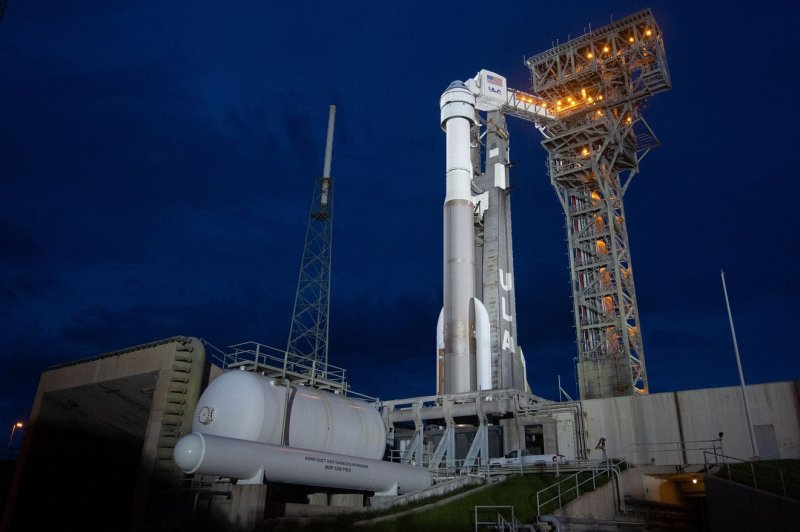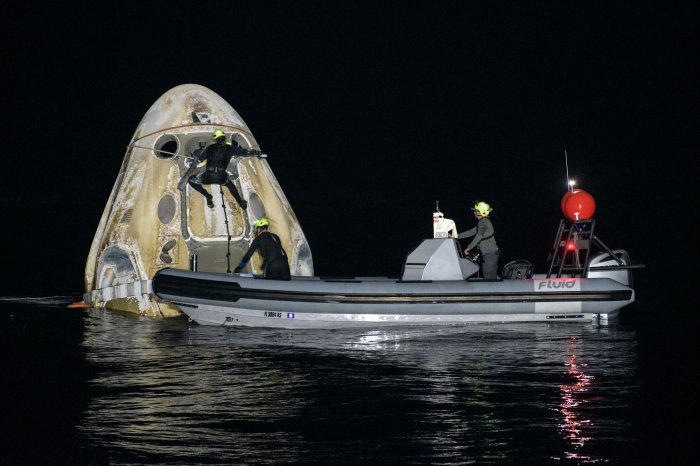ORLANDO, Fla., Aug. 3 (UPI) -- Boeing postponed the launch of its Starliner spacecraft Tuesday due to problems detected with valves in the capsule's propulsion system and said it would take additional time to prepare for a future launch.
Tory Bruno, CEO of rocket company United Launch Alliance announced the postponement of the launch Tuesday morning.
















